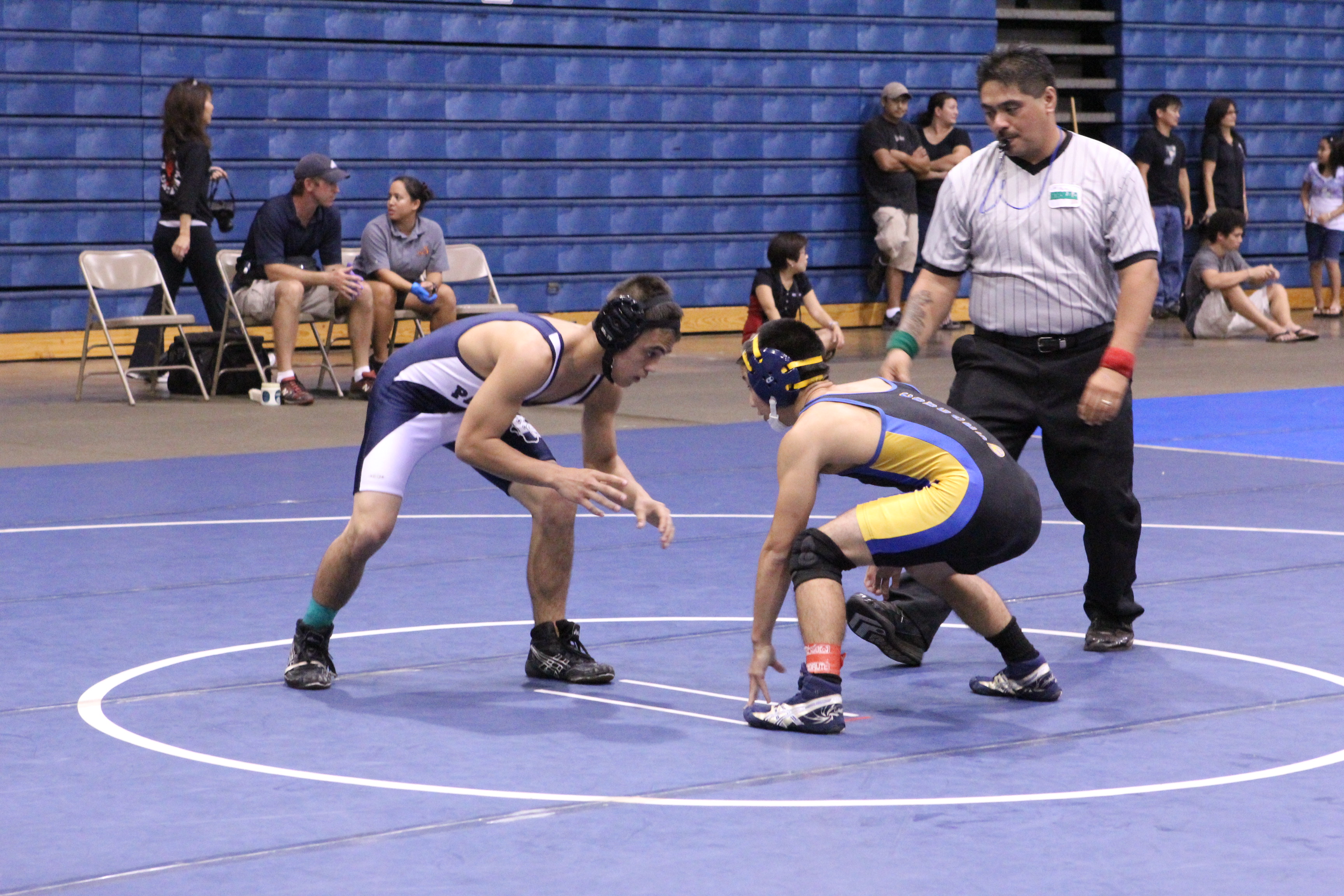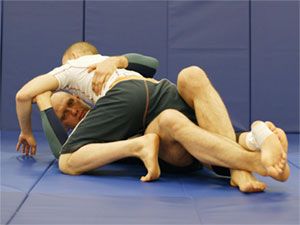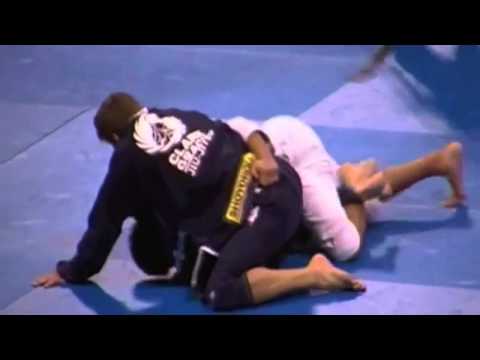Uh yeah, Bjj ground work is very different from ground work 100 years ago. There wasn't even a closed guard system in Bjj until the latter half of the 20th century, The Half Guard system didn't develop until the late 80s, The Triangle Choke wasn't invented until about the 1930s or 40s, and on and on and on.
Are you sure then that it was invented at this point? I have heard many claim, even from BJJ/GJJ, that 100 years ago that most of jiu jitsu knowledge had become fractioned such as parts of it in styles as judo and aikido. Due to historical events or simply sports.
First when jiu jitsu was introduced to Gracie again did it come to life anew as a full fledged system. Not seen it stated that it was ever invented by Gracie. Helio did perfect the techniques but not seen anything as to whether the techniques were rediscovered or reinvented.
As for the triangle choke, noone knows when it was invented, or rather I do not know. However it was caught in video already in 1920 for the first time by a judo master I believe.





